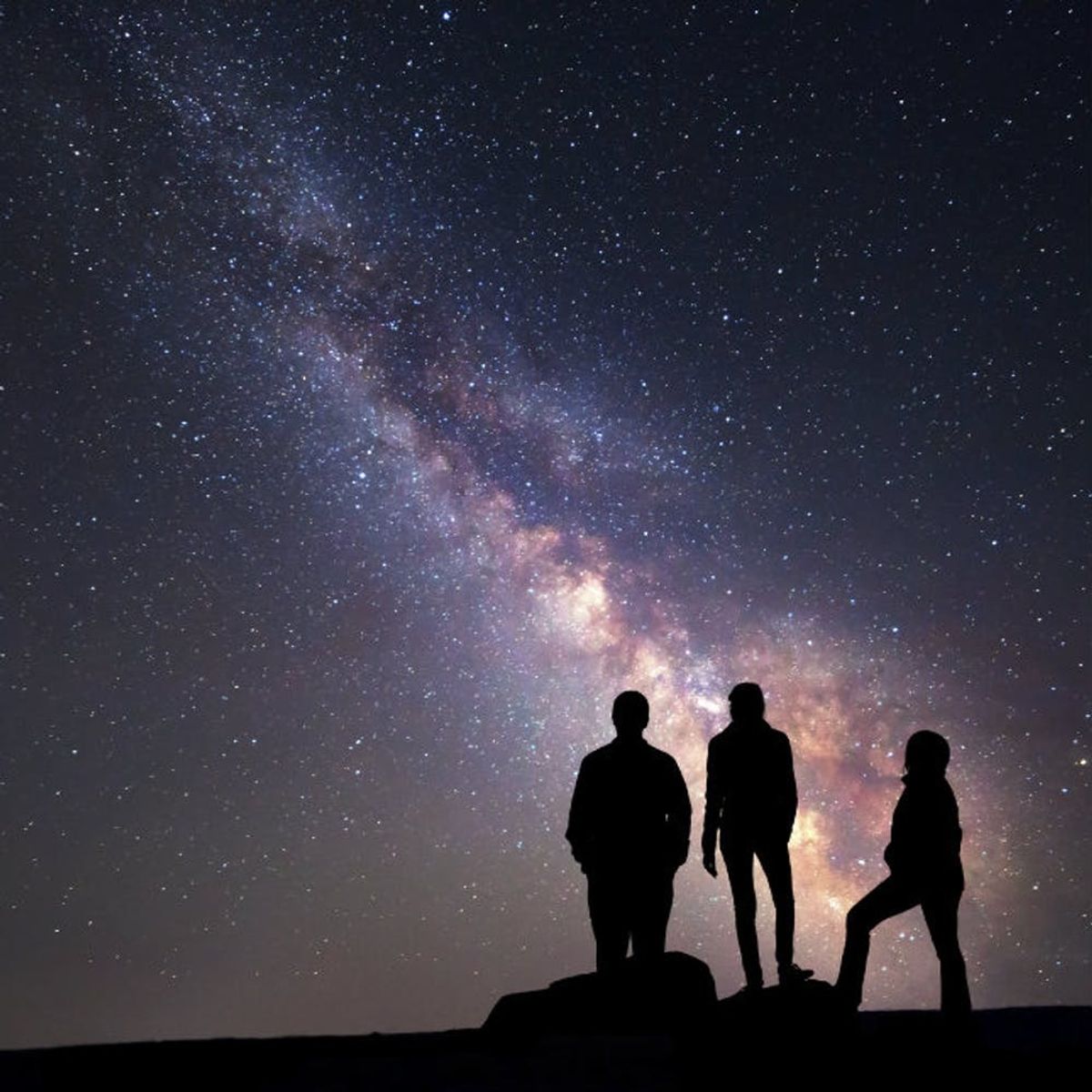There’s an amateur astronomer in everyone.
5 Perfect Places for Stargazing in the US

We love being guided by the stars, from the best snacks for our horoscope to the perfect perfume for our zodiac sign. But if you live in a big city, it can be hard to see the actual stars aligning. With all the light pollution, the night sky can just look, well… dark. Luckily, there are several places in the US where the stars still shine brightly. Here are five incredible dark sky parks, where deep black swatches of unobstructed sky are protected and open for all to enjoy. Research your camping hacks and get ready for some jaw-dropping astronomical views.
1. Cherry Springs State Park, PA: The first certified International Dark Sky Park, Cherry Springs State Park sits on a plateau 2,300 feet above sea level and is surrounded by the deep woods of the Susquehannock State Forest. Its rural location protects it from light pollution, making it a perfect place to catch a glimpse of the Milky Way stretching across the star-speckled sky. In ideal conditions, the Milky Way is so bright here it casts shadows (pause for amazement) on the ground below. Cherry Springs has two star parties a year (now we’re talkin’), which attract astronomers from all over the world.
2. Aroostook County Wildlife Refuge, ME: There are only a handful of places to see the Northern Lights in the US, and Aroostook County in Maine is one of them. Just a few miles from the Canadian border, Aroostook County is so far north and has such a small population, artificial light from buildings and cars doesn’t get in the way of anyone’s passion for astronomy. Cold, clear winter nights are the best time to catch the Aurora Borealis here.
3. Bryce Canyon National Park, UT: Bryce’s elevated meadows, clear air and remote location make it one of nature’s best planetariums. If you really want to learn a little astronomy, and not just ogle at the sky (we won’t judge), Bryce Canyon is the place to go. The park treats its sliver of the night sky as one of the park’s main attractions, and has many events and learning programs centered around the incredible views above. The Astronomy Rangers are there to guide visitors as they use the park’s telescopes to see the Milky Way and the 7,500 shining stars. For a more immersive experience, Bryce hosts an annual astronomy festival in June — three days all about stars! (Photo via brycecanyon.com)
4. Blue Ridge Observatory and Star Park, NC: Surrounded by the rugged Blue Ridge Mountains, Blue Ridge Observatory’s extreme darkness provides great conditions for night sky viewing. On top of its natural ideal location, Blue Ridge takes extra steps to maintain its pitch blackness. It’s the first dark sky park to use only LED lights in the park so that they don’t disrupt the natural glow of the stars above. The park also has an expansive observatory project underway, which will provide parkgoers with a 360 view of the night sky through the largest public telescope in the Southeast.
5. Mauna Kea Observatories, HI: Hailed as one of the best stargazing destinations in the world, Mauna Kea Observatories on the Big Island of Hawaii boast a spectacularly clear night sky. Its renowned stargazing program makes it possible for anyone to feel like an astronomer. Sitting 13,976 feet above sea level, the trek to the summit isn’t easy, but visitors are rewarded with near-perfect views of the stars, planets and constellations above. Telescopes are available for all to use and guides use laser pointers to teach star gazers about the specific wonders on display each night.
Are you an amateur astronomer? Let us know your fave spot to stargaze @BritandCo.
(Featured photo via Getty)



















